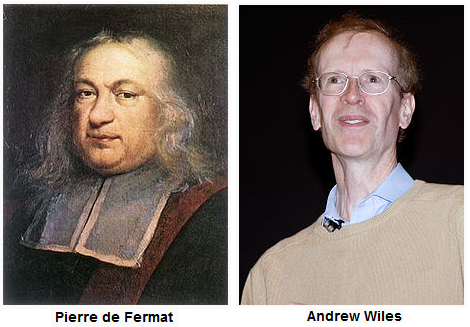Deceptive and Misleading Mathematical Patterns

In the Mathematical Palette, I have mentioned about mathematics as a science of patterns. I have highlighted that some mathematical patterns are obvious, some can be solved mathematically, and some are a bit counter-intuitive.
In reality, we have improved our way of living by recognizing and generalizing patterns. For example, we are able to predict the weather through the data we have collected all over the years. We look for patterns from the data and use probability to announce that there will be rain showers and thunderstorms for the next three days and feel pretty sure about it. Through patterns, we have even predicted the movement of planets. We know that the next transit of Venus is in 2117 (too bad if you didn’t see it on June 5). That is how beautiful and powerful patterns are. » Read more

